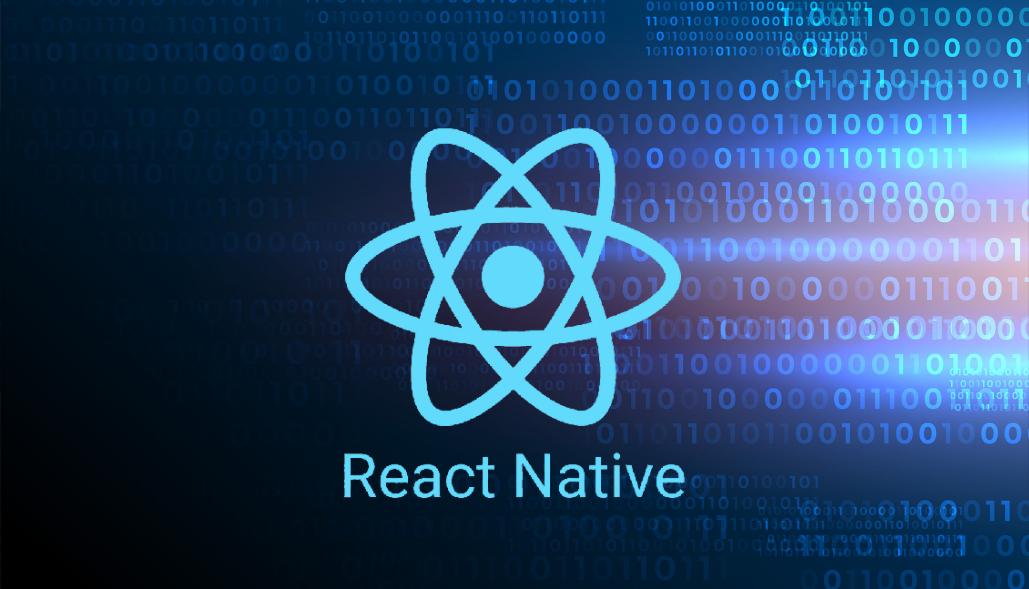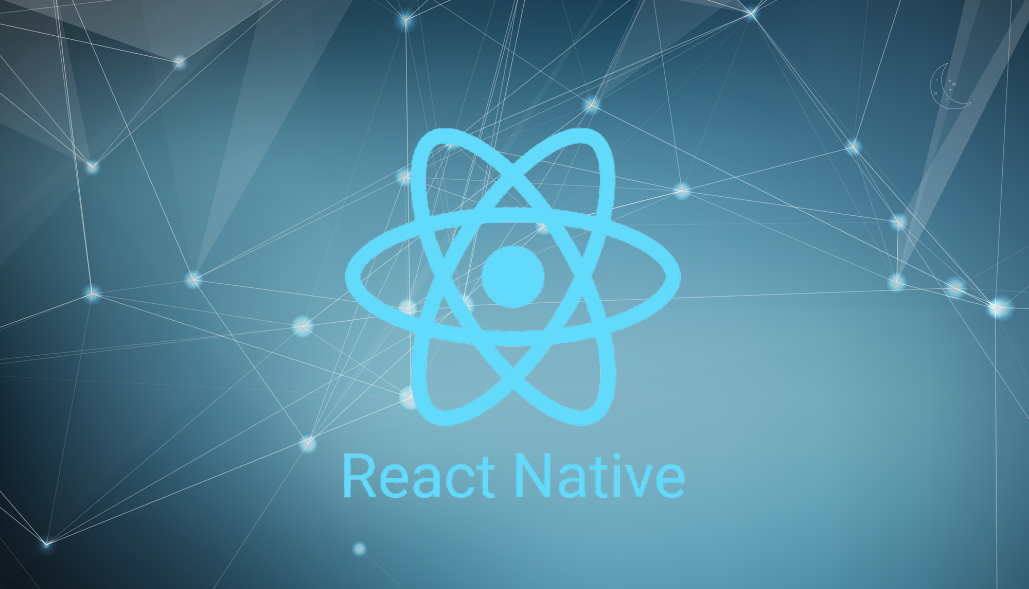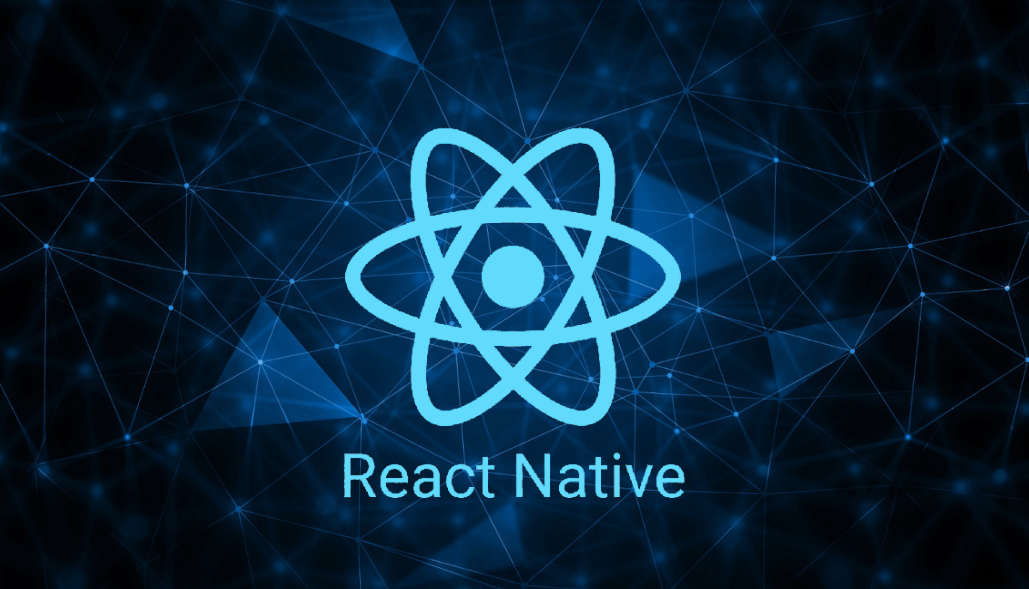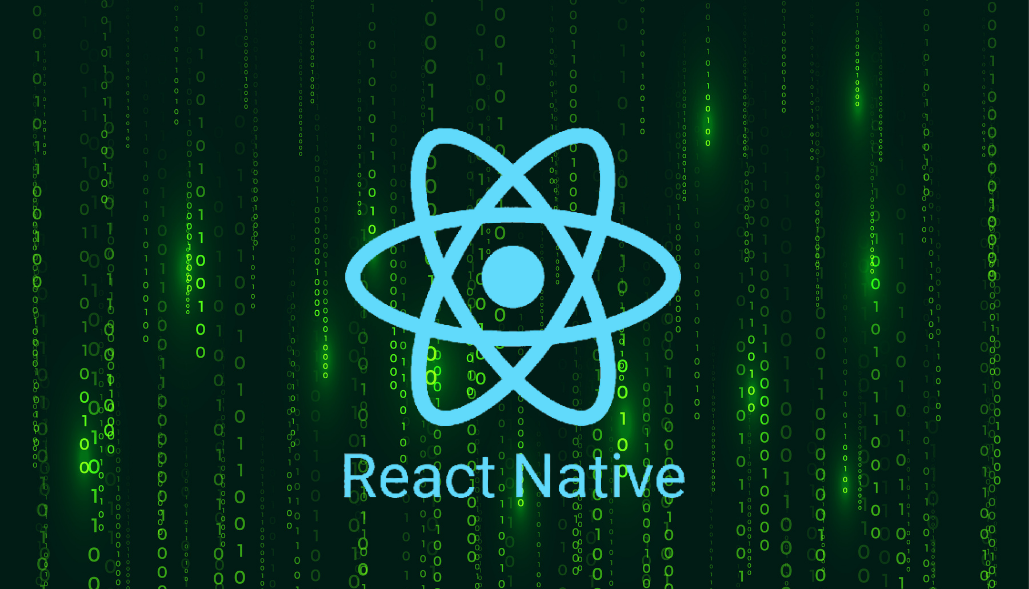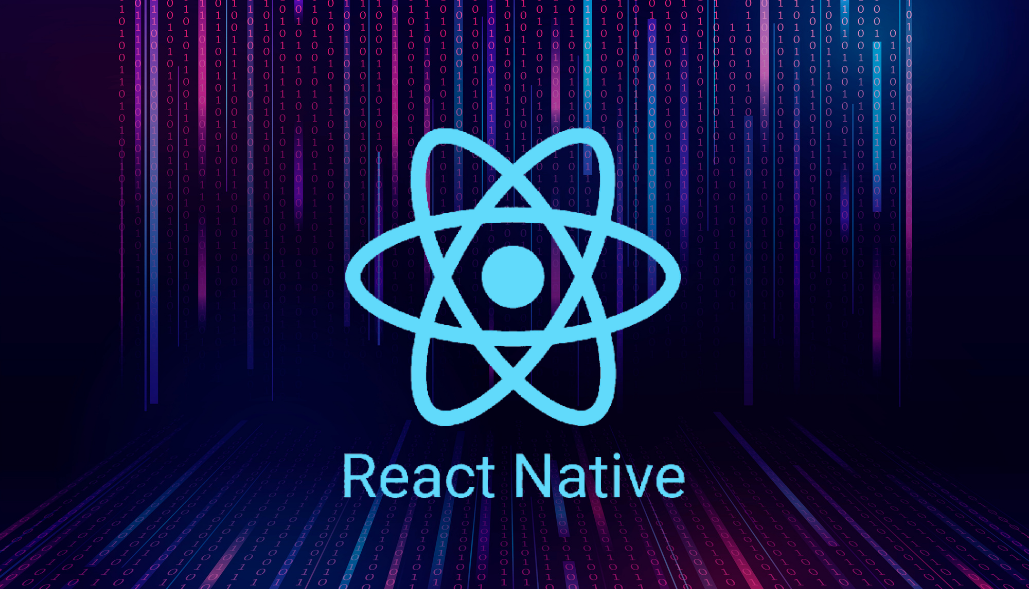In large-scale React Native Expo projects, maintaining clarity and organization within the codebase is crucial for efficient development. One effective method to achieve this is by using absolute paths instead of relative paths for importing modules and components. This approach not only simplifies the import statements but also reduces the risk of errors associated with complex directory structures. In this blog post, we’ll explore how to configure absolute paths using babel.config.js and .babelrc in your React Native Expo project.
Before diving into the configuration details, let’s understand the benefits of using absolute paths:
- Clarity and Readability: Absolute paths provide a clear and concise way to specify the location of files or directories within your project.
- Maintainability: They make it easier to refactor code and move files around without needing to update numerous relative paths.
- Reduced Errors: Using absolute paths minimizes the chance of errors due to incorrect or inconsistent relative path resolutions.
Setting Up Absolute Paths:
1. Install Required Packages: The first step is to install the necessary Babel plugin that enables us to use absolute paths:
npm install --save-dev babel-plugin-module-resolver
2. When it comes to configuring absolute paths specifically, both .babelrc and babel.config.js can achieve the same result. Here’s how they compare:
.babelrc
Specify the module-resolver plugin in .babelrc to define aliases for absolute paths.
.babelrc (JSON)
{
"plugins": [
[
"module-resolver",
{
root: ["./src"], // Specify the root directory of your project
alias: {
// Define your aliases here
components: "./src/components",
screens: "./src/screens",
utils: "./src/utils",
// Add more aliases as needed
},
]
]
}
babel.config.js
Define the module-resolver plugin in babel.config.js within the plugins array.
babel.config.js
module.exports = function (api) {
api.cache(true);
const presets = ["babel-preset-expo"];
const plugins = [
[
"module-resolver",
{
root: ["./src"], // Specify the root directory of your project
alias: {
// Define your aliases here
components: "./src/components",
screens: "./src/screens",
utils: "./src/utils",
// Add more aliases as needed
},
},
],
];
return {
presets,
plugins,
};
};
The api.cache(true) line ensures the configuration is cached for performance.
Explanation:
- root: Specifies the base directories where Babel should look for modules. Here, ./src indicates that all imports starting with components, screens, or utils will resolve from the src directory.
- alias: Maps a shortcut (alias) to a specific path within the root directory. For instance, components alias is mapped to ./src/components, allowing imports like import Button from ‘components/Button’; instead of import Button from ‘../../components/Button’;.
3. Using Absolute Paths in Your Code: Once configured, you can now use absolute paths throughout your project:
// Instead of using relative paths:
// import Button from '../../components/Button';
// You can use absolute paths:
import Button from "components/Button";
import HomeScreen from "screens/HomeScreen";
import { formatDate } from "utils/dateUtils";
Additional Considerations
-> TypeScript Configuration: If your project uses TypeScript, update tsconfig.json to recognize these aliases:
{
"compilerOptions": {
"baseUrl": "./src",
"paths": {
"components/*": ["components/*"],
"screens/*": ["screens/*"],
"utils/*": ["utils/*"]
}
}
}
-> Restart Metro Bundler: After making changes to babel.config.js, .babelrc or tsconfig.json, restart the Metro bundler to apply the configurations.
Choosing Between Them for Absolute Paths
- .babelrc: Simple and direct setup, suitable for straightforward projects or when you prefer keeping Babel configuration separate from other project settings.
- babel.config.js: Offers more flexibility and control, particularly useful for larger projects where dynamic configurations based on environments or conditions may be needed.
In summary, for configuring absolute paths specifically, both .babelrc and babel.config.js are equally capable. The choice between them often depends on your project’s complexity and your preference for managing Babel configurations. For most projects, either approach will effectively enable the use of absolute paths, improving code readability and maintainability.


